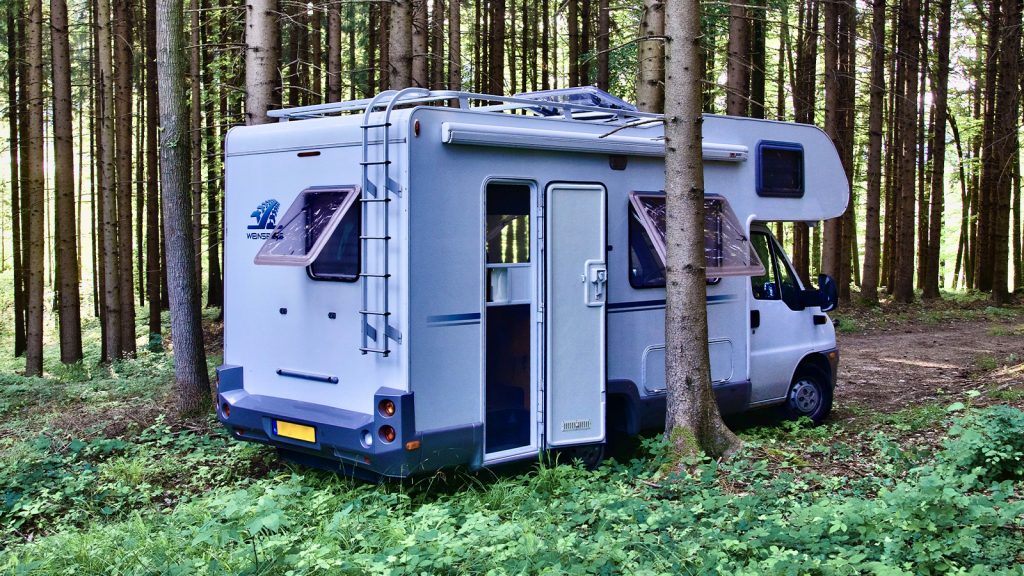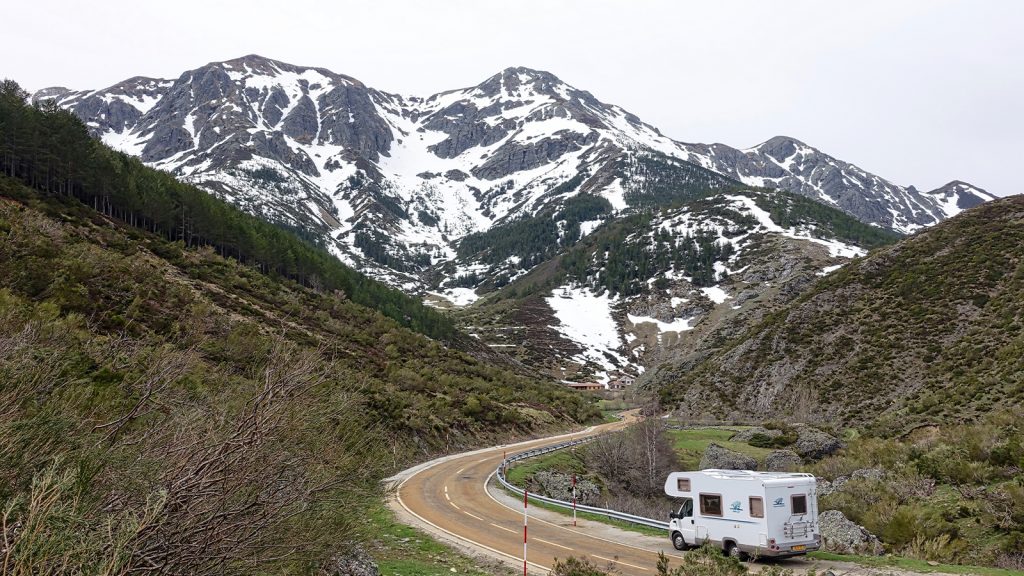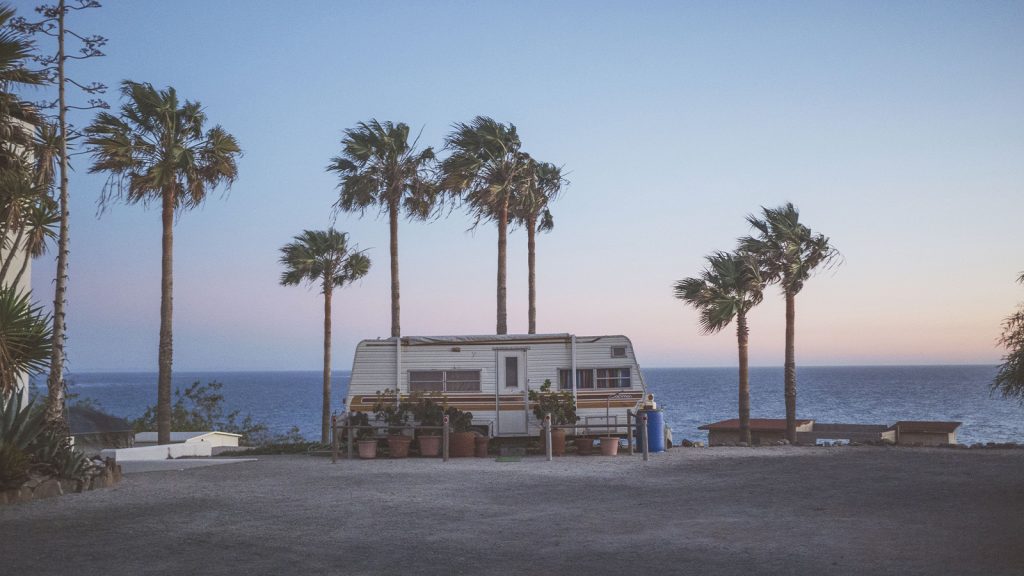Dry camping is one of those terms that has been gaining traction in the outdoor community, but what exactly does it mean? Our handy travel guide has everything you need to know, from its basics to its advantages and disadvantages.
It’s a form of camping that takes you back to the basics, unshackling you from the confines of modern amenities and pushing you to embrace the simplicity and beauty of nature. This unconventional form of outdoor adventure has garnered a devoted following of individuals who crave the thrill of self-reliance and the tranquility that only the great outdoors can offer.
So why do people choose dry camping? It’s a journey into the heart of the wilderness, away from the bustle and noise of traditional campsites. It’s the appeal of waking up to the symphony of birds, of star-lit skies undiluted by city lights, and the challenge of living off the grid, if only for a few days.
Contents

What does Dry Camping mean?
Dry camping, often interchangeably used with primitive camping, is essentially an adventurous pursuit that strips away the luxuries of conventional camping, plunging you into a more raw and real interaction with nature.
Dry camping is a form of outdoor living that places you in settings where amenities such as electricity, running water, or sewage systems are non-existent. You find yourself in a scenario where self-reliance isn’t just a virtue but a necessity. In this type of camping, the onus is on you to ensure you have everything you require for survival, from your water supply and power source to waste disposal and food provisions.
This means you’ll have to think about your water supply, your power, your waste management, and your food storage. It’s important to highlight that it’s an experience that tests your survival skills, making you the master of your own journey. This mode of camping calls for astute planning, efficient resource utilization, and a conscious effort to leave no trace behind.
This outdoor escapade isn’t merely a camping style; it’s an ethos, a commitment to sustainable and responsible exploration. In the world of digital searches, understanding the crux of dry camping is key to preparing for this self-sufficient venture into the wild. It’s an outdoor adventure that pushes the boundaries of traditional camping, making it a popular search topic for nature enthusiasts and adventurists alike.
The Pros and Cons of Dry Camping
Like any adventure, dry camping comes with its own set of advantages and disadvantages.
Pros:
- Freedom: The most significant advantage is the freedom to camp wherever you wish, away from crowded campgrounds.
- Connect with Nature: This type of camping allows you to truly immerse yourself in the great outdoors.
- Cost-Effective: It is usually cheaper as it avoids the fees associated with traditional campgrounds.
Cons:
- Limited Resources: You must be cautious with your water and power usage.
- Preparation: It requires more planning and preparation than traditional camping.
- Lack of Amenities: There are no facilities like bathrooms, showers, or electric hookups.

Is Dry Camping the same as Boondocking?
While dry camping and boondocking involve camping without the usual amenities, there’s a subtle difference.
You can do this camping anywhere, including established but amenity-free campgrounds, whereas boondocking typically refers to free camping on public lands outside of designated campgrounds.
Is Dry Camping safe?
With proper planning and precautions, dry camping is absolutely safe. It’s essential to prepare for any potential hazards, such as wildlife encounters or severe weather conditions.
Always let someone know where you’ll be camping, carry a first aid kit, and have a plan for communication in case of emergencies.
The Basics of Dry Camping
Before you embark on your dry camping journey, here are some key steps to follow:
- Choose the Right Location: Research and choose a location suitable for the purpose.
- Plan Your Resources: Calculate your water and power needs for the duration of your stay.
- Waste Management: Have a plan for disposing of waste responsibly.
- Prepare for Emergencies: Pack a first aid kit and devise a plan for potential emergencies.

What is Dry Camping in an RV?
Dry camping in an RV, often referred to as ‘RV Boondocking,’ involves staying in an RV without hookups to water, electricity, or sewer services. It’s a way to enjoy the freedom and flexibility of RVing while also embracing the spirit of self-sufficiency that comes with it.
To round off, this type of camping is an adventurous and rewarding way to experience the outdoors. It’s about being self-reliant, resourceful, and responsible while exploring the wilderness. Whether you’re in a tent or an RV.
And there you have it! That’s basically everything you need to know about Dry Camping and its basics. Do follow our Twitter and Instagram pages for more.
If you want to explore more with Exploria, be sure to check our other travel content and guides:
How to Fold a dress shirt for Travel | Best Books to Read on a Solo Trip | How to Prepare for a Solo Road Trip in the US | Best Street Food Places in New York | Why You Must Travel Solo At Least Once In Your Life | Best Pastry Shops In Canterbury | Exotic Places You Can Visit In Canterbury, UK | Best Day Trips From Paris in 2023 | Hottest cities in the world




